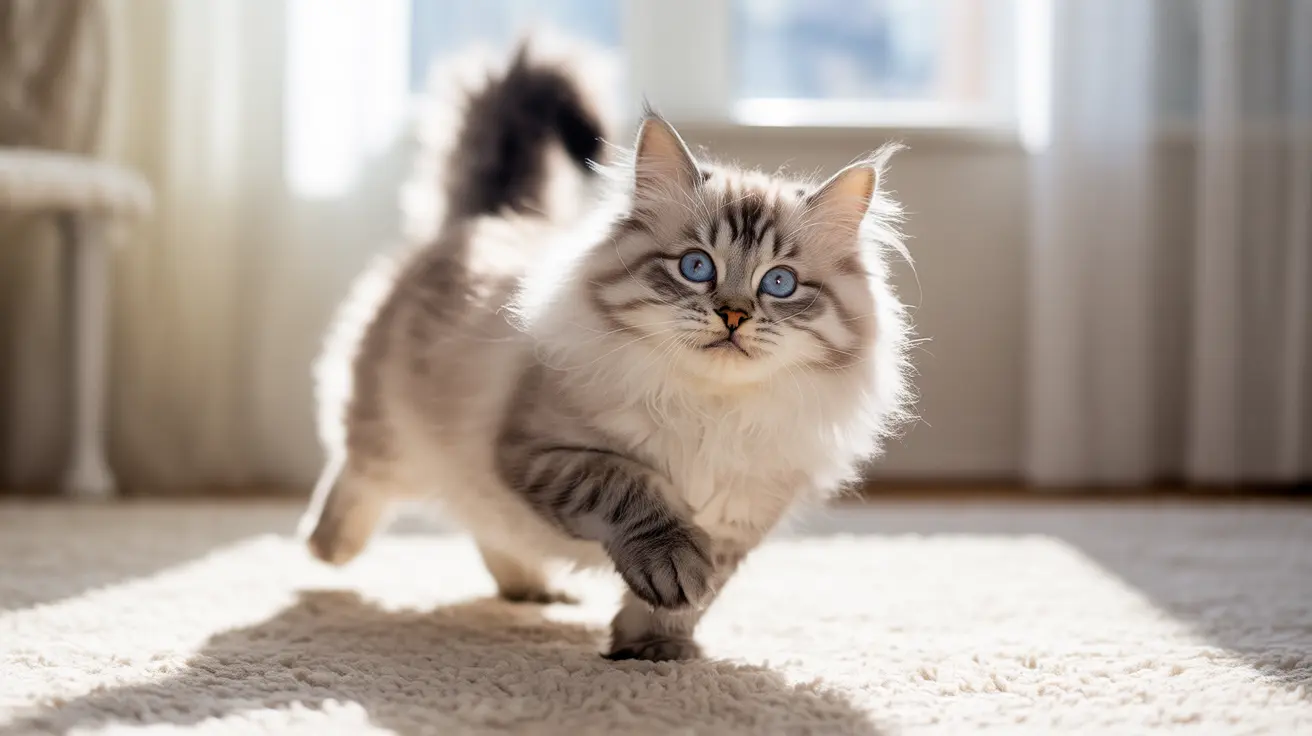The Science Behind Cats Faking Injuries
Research suggests that cats can indeed exhibit deceptive behaviors, including faking limps or other injuries. This isn't necessarily a conscious attempt to deceive but rather a learned behavior resulting from positive reinforcement. When cats receive extra attention, treats, or care during genuine injuries, they may associate limping with these rewards.
A notable study from Ohio State University found that cats can dramatically increase their display of "sickness behaviors" when seeking attention, regardless of their actual health status. This demonstrates their remarkable ability to adapt their behavior for social gain.
Common Scenarios of Feline Deception
Several documented cases show cats displaying fake limps in specific situations:
- When they're feeling neglected or want attention
- After observing their owners or other pets with injuries
- During changes in their routine or environment
- When they associate injury-like behavior with rewards
How to Identify a Fake Limp
Signs of Genuine Injury
Real injuries typically present with:
- Consistent limping on the same leg
- Visible swelling or wounds
- Signs of pain when the area is touched
- Reluctance to move or jump
- Changes in eating or grooming habits
Indicators of Attention-Seeking Behavior
Fake limps often show these characteristics:
- Inconsistent limping patterns
- Switching between different legs
- Normal behavior when unobserved
- Quick recovery when attention is received
- No visible signs of injury or pain
The Role of Positive Reinforcement
Cats are masters of associative learning. When they receive positive attention for certain behaviors, including appearing injured, they're likely to repeat these actions. This isn't manipulation in the human sense but rather a sophisticated form of communication and social interaction.
What to Do About Attention-Seeking Behavior
If you suspect your cat is faking a limp, consider these steps:
- Always consult a veterinarian first to rule out actual injury
- Maintain consistent daily attention and playtime
- Avoid overreacting to attention-seeking behaviors
- Provide environmental enrichment and mental stimulation
- Establish and maintain regular routines
Frequently Asked Questions
Can cats fake a limp to get attention or sympathy from their owners?
Yes, cats can learn to fake limps for attention, though it's more accurate to describe this as learned behavior rather than conscious deception. They associate limping with receiving care and attention, leading them to repeat the behavior.
How can I tell if my cat is limping due to a real injury or just seeking attention?
Real injuries typically show consistent limping on the same leg, visible signs of pain or swelling, and persistent symptoms. Attention-seeking limps often vary between legs, disappear when unobserved, and aren't accompanied by other pain indicators.
What are common causes of limping in cats besides injuries?
Besides attention-seeking behavior, cats may limp due to arthritis, sprains, infections, ingrown claws, or neurological conditions. Always consult a veterinarian to rule out medical issues.
Why do some cats mimic human behaviors like limping or using crutches?
Cats are observant animals capable of social learning. They may mimic behaviors they see in their environment, especially if these behaviors result in attention or rewards.
What should I do if my cat shows inconsistent limping or sudden changes in behavior?
First, schedule a veterinary examination to rule out medical issues. If no physical problems are found, evaluate your cat's routine and environment for potential stressors or attention needs.
Understanding your cat's attention-seeking behaviors, including fake limps, can help strengthen your bond and ensure their physical and emotional needs are met. While these behaviors might seem manipulative, they're actually sophisticated forms of communication from our intelligent feline companions.






